The ICOLD European working group on levees is organising a webinar on March 16 11:00-13:00 CET to consider the ‘emergency repairs of levees’. We want speakers from across Europe and beyond to share their work on this topic, whether it is emerging research or practical experience during a flood. This important topic will be of …
Category: Geotechnics
Feb 21
Failure paths for levees – A report from ISSMGE TC on Levees
Levee breaches are often the result of a combination of mechanisms, which may happen simultaneously, and/or successively. These interactions are complex and difficult to anticipate in design and assessment as well as during a forensic analysis of an actual breach. The ISSMGE TC201 has published a report on the failure paths (that can also be called failure …
Sep 20
Spillways on River Levees
The English translation of a previous French handbook about spillways on river levees is now ready. It can already be pre-ordered as a physical book, and it will be available as an open access ebook from October 1st. More information on : https://www.quae.com/produit/1720/9782759232857/spillways-on-river-levees See also the flyer. 02812_SpillwaysHD
Aug 10
A new paper on levee investigations is available
Dear collegues My new paper on levee investigations <A new levee control system based on geotechnical and geophysical surveys including active thermal sensing: A case study from Poland > is available next 50 days in Engineering Geology journal for free. link to download https://authors.elsevier.com/c/1dXbq38lpFrmC Best regards, Krzysztof Radzicki
Jul 27
Peat soil – often breaks
https://www.ad.nl/alphen/dijkdoorbraak-zet-weilanden-in-reeuwijk-onder-water-rivierkreeft-zou-niet-de-boosdoener-zijn~af466319/ In the west of the Netherlands a peat “dike” failed today The original soil is the core of the dike, the surrounding soil has subsided and oxidized. The dike probably failed due to the fact it dried out, the recent abundant rainfall is only the trigger. The polder consists of agricultural land
Jul 26
A new document on “Methods and techniques for reinforcing and repairing protection levees”
A new report has been approved by the CFBR Executive Board, and is published on the French committee’s website, “Documentation” tab: Methods and techniques for reinforcing and repairing protection levees This is the deliverable of the CFBR “Levees” Working Group. It is made up of two parts: – a first, “General framework”: https://www.barrages-cfbr.eu/IMG/pdf/recueil_confortement_digues_partie_1.pdf – a …
Jun 16
2019 Japan flood reports are published
The reports of levee failures, etc. in 2019 Typhoon Hagibis is published in English by the Japanese Geotechnical Society. The reports are open access. https://www.sciencedirect.com/journal/soils-and-foundations/vol/61/issue/2#article-22 Including, “Levee damage and bridge scour by 2019 typhoon Hagibis in Kanto Region, Japan” https://www.sciencedirect.com/science/article/pii/S0038080621000226 Backslope erosion by overtopping at the Naka River levee (Photo : Hirotoshi Mori)
Jan 14
EGU virtual conference – Submissions deadline January 20th.
I received from a colleague this information that I wanted to share with you: DO NOT FORGET THAT… Is that time of the year were we get crazy and excited about submitting abstracts for EGU ! Deadline for abstract submission is extended to the 20th of January 2021, 13:00 CET. This 2021 promises an even …
Nov 09
Presentation of the French version of the ILH
The French association of levee managers France Digues organises a presentation of the French edition of the International Levee Handbook. Because of the COVID19 situation, this event, which was supposed to happen in Paris as a physical meeting, will beheld online so more people will potentially be able to attend. More details here : Programme …
Feb 07
Fusion of information from geophysical and geotechnical investigations for levee assessment
The identification of levees constitutive materials, as well as the detection of possible interfaces and anomalies, are crucial for site characterization. During investigation campaigns, complementary geophysical and geotechnical methods are usually used. These two sets of methods yield data with very different spatial scales and different levels of incompleteness, uncertainty and inaccuracy. On the one …
Jan 06
new geotechnical software
Rijkswaterstaat has launched new geotechnical software for slope stability on November 28th This was developed together with Deltares and our dike reinforcement program HWBP (The Slope Stability Project / POV Macrostabiliteit). Raymond van der Meij from Deltares was the main driving force behind the development. Meindert Van was one of the initiators. We have merged …
Sep 22
ECMSGE 2019
The XVIIth ECSMGE conference, held in Reykjavik with the theme “Geotechnical Engineering, foundation of the future” on September 1-6, had a lot of content related to levees and also to dams. ISSMGE TC201 on “Geotechnical aspects of Dykes and Levees” has some members in common with ICOLD LE TC and EUCOLD LFD WG. We will in the …

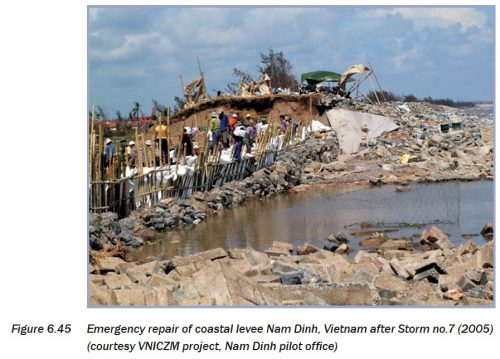
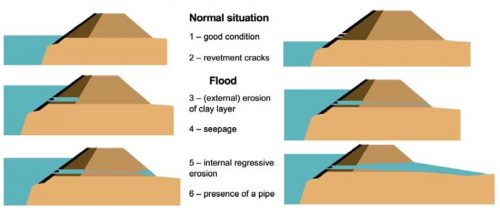


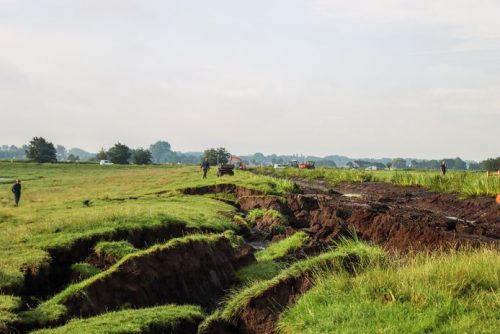
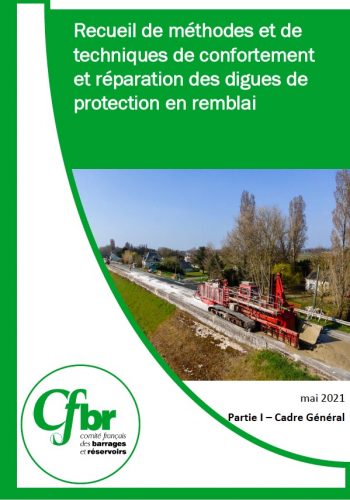

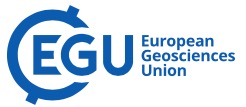
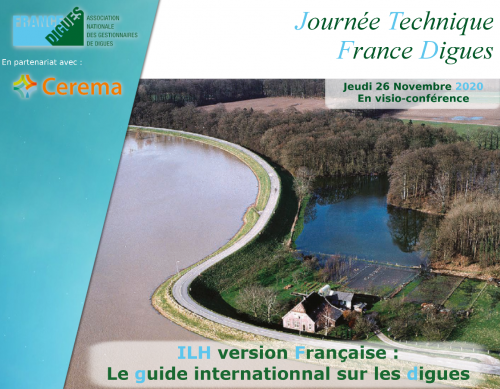
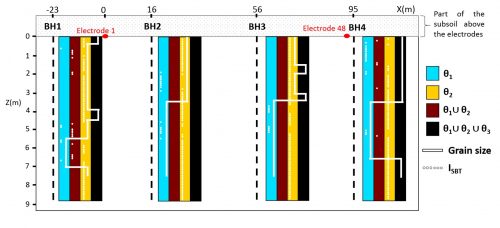

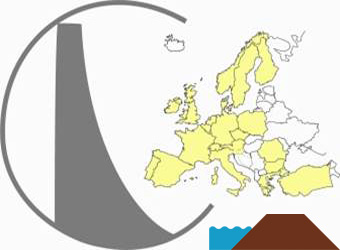

Recent Comments